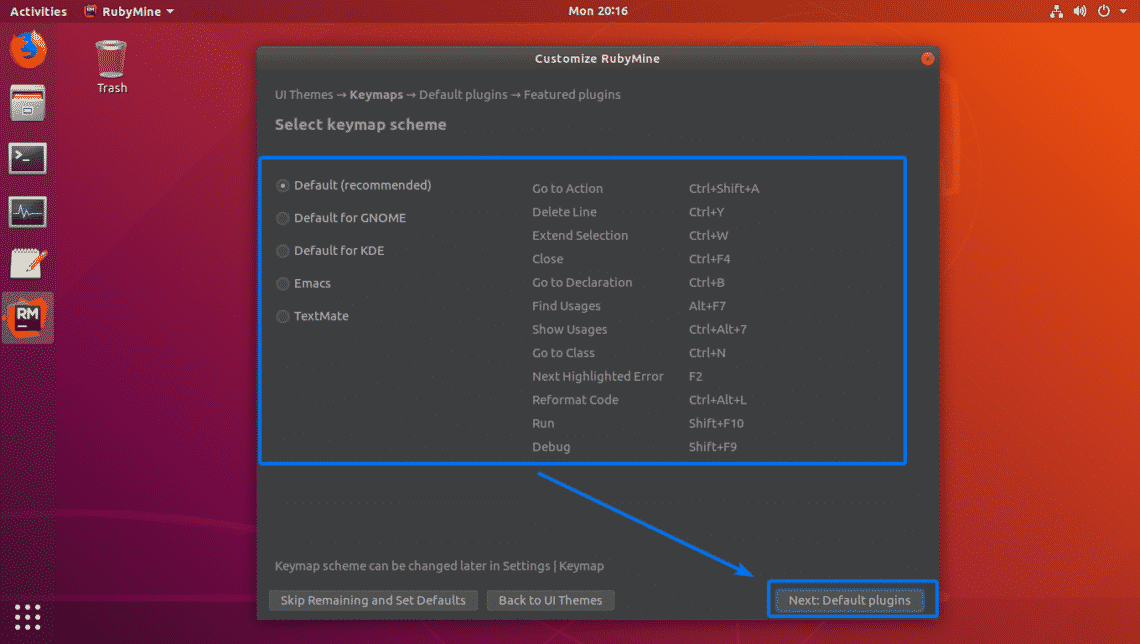

If you download Appium from the Appium website, you get Appium Desktop, which augments Appium with a graphical interface and tools for inspecting elements in mobile apps. I’m using RubyMine 2020.1.ĭownload RubyMine from the following location and install with default options selected: I use it myself, so my examples will show it. You don’t need RubyMine, but I do recommend it. Check out the installation instructions here:

You can install a newer version of Ruby with a version manager like rbenv or rvm. If you are a Mac user, you have Ruby installed by default, but an older version. In this case, as I usually do, I chose the recommended version (as shown below) for greatest gem compatibility.ĭownload RubyInstaller from the following location and install with default options selected: I hope to include much more information about Mac and iOS in a future entry about cross-platform support.Īs a Windows user, I use RubyInstaller to install Ruby. I will point out the differences where I can but focus primarily on Android implementation. Some things I write will be specific to that platform configuration and would differ for users of Mac and iOS. I’m using a Windows PC and Android phone at this time. This post will focus on introducing tools and setting up our project. Over this series, we will upgrade this Ruby Cucumber test suite to add capability and improve ease of use. The initial implementation is relatively simple – a good place to start, but not mature.
#CONFIGURE RUBYMINE WITH RUBYINSTALLER HOW TO#
This post will be the first of a series that demonstrates how to build robust mobile test automation using Ruby, Cucumber, and Appium.


 0 kommentar(er)
0 kommentar(er)
